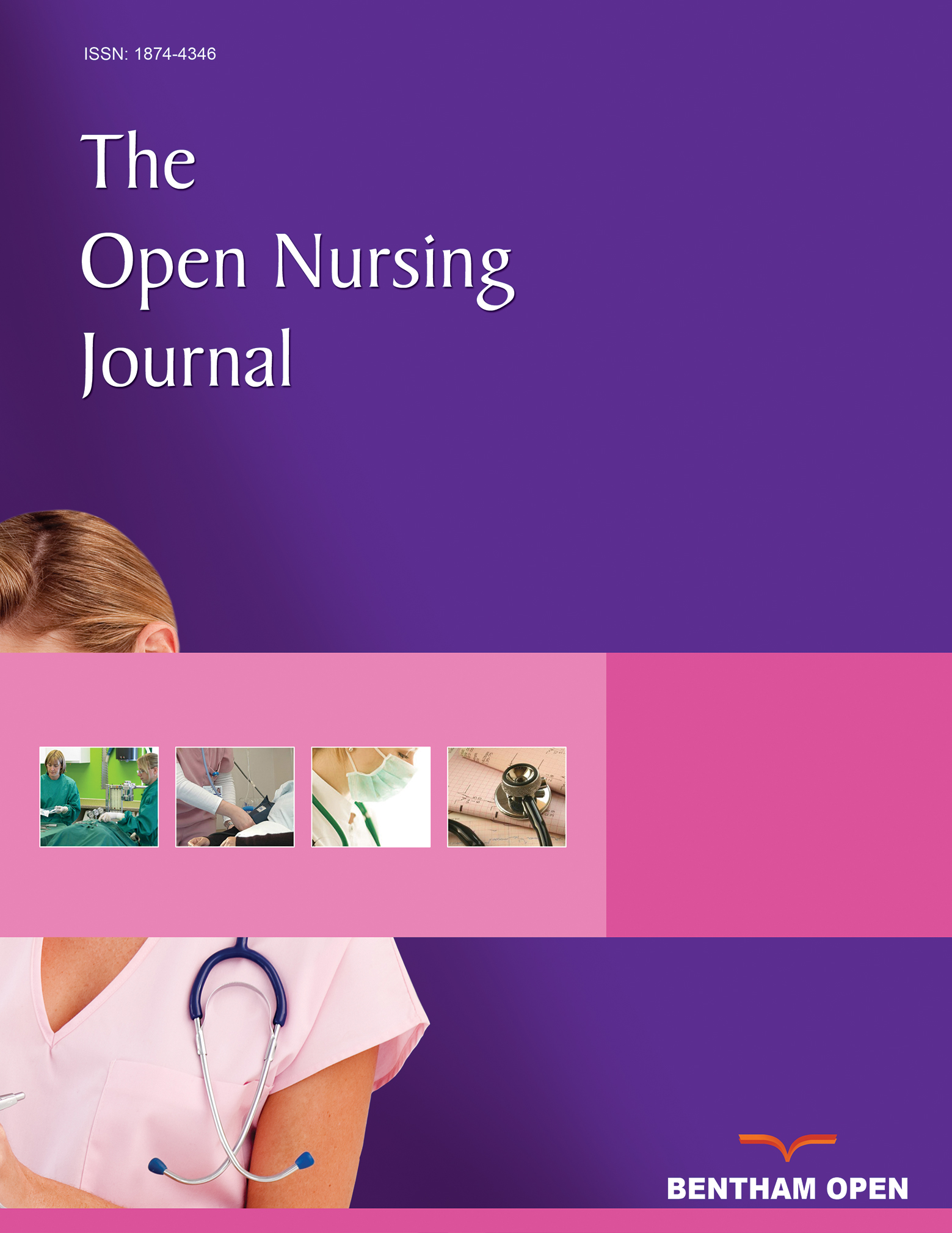An Epistemological View on Risk Exposure Assessment: A Case Study
Abstract
Background:
Research in Health Risk Assessment is increasingly covering a preeminent role in health care studies. However, risk assessment faces the issue of properly measuring risk exposure.
Objective:
The aim of the study has been to tackle some methodological issues regarding the risk assessment analysis in the health field, giving more emphasis to a philosophical and epistemological approach in order to show the difficulties in adopting suitable exposure assessment techniques.
Method:
Here, we present a methodological review and a critical discussion of foreign body injuries articles in child population as a case study. A Medline, Econlite and CIS bibliographic search was conducted considering the term “foreign bodies” only in “children” and “risk”. Only English papers are considered. Further research on CDC, CPSC, DGSANCO databases has been performed. Different approaches in risk assessment are reviewed using four case-study papers with the purpose of pointing out their limitations.
Result:
Ten papers are retrieved though literature review reporting risk estimate of foreign bodies injuries in children.
Conclusion:
Considering that different variables affecting the risk of choking injuries, like intrinsic characteristic of a product or the intensity levels at which children are exposed, and then it seems very difficult to correctly evaluate risk of injuries. For this reason, we have argued for an epistemological and holistic approach toward risk assessment.


